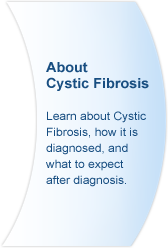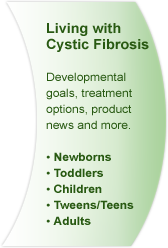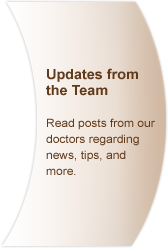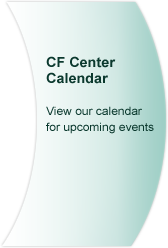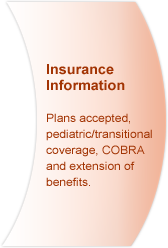|
|||||||
 |
 
Treatment OptionsAirway Clearance Techniques (ACTs)Airway clearances techniques (ACTs) are treatments that help people with cystic fibrosis (CF) stay healthy and breathe easier. ACTs loosen thick, sticky lung mucus so that it can be cleared by coughing or huffing. Clearing the airways reduces lung infections and improves lung function. Learn more about Air Clearance Techniques. There are many ACTs, and most are easy to do. Adults and older children can perform their own, but infants and toddlers require help.
There are many ACTs, and most are easy to do. Adults and older children can perform their own, but infants and toddlers require help.ACTs are often used with other treatments, such as inhaled bronchodilators and antibiotics. Bronchodilators open the airways, and they should be taken before or with ACTs. Inhaled antibiotics should be taken after ACTs to treat the opened airways. Your CF care team will help you choose the best ACTs for you. Mucus and the LungsThe lungs make mucus to help defend against germs. With CF, the mucus becomes thicker and is harder for the body to clear. If the mucus does not clear, infections can form. An infection causes inflammation in the lungs, which causes more mucus to be made. Infections can be treated with antibiotics, which may cure the infection but do not prevent damage from chronic infection. When CF patients have inflamed lungs, they should do more ACTs.How Mucus Moves Out of the LungsMucus moves out of the lungs in three different ways.
How ACTs WorkCoughing is a reflex that is also the most basic ACT, clearing mucus with high-speed airflow.Huffing is a type of cough that involves taking a breath in and actively inhaling. It is not as forceful as a cough but can work better and be less tiring. Chest Physical Therapy (CPT or Chest PT) is an ACT that often includes postural drainage and percussion (PD & P). With postural drainage, the person assumes various positions so that gravity can help drain mucus from small airways to larger airways, where it can be coughed up. With chest percussion, the chest is clapped and vibrated to dislodge and move mucus. By doing this in varied positions, you can drain all lung parts. (Learn more by clicking here.) Oscillating Positive Expiratory Pressure (Oscillating PEP) is an act where the person blows all the way out many times through a device. Types of Oscillating PEPs include the Flutter™, Acapella™, Cornet™, and Intrapulmonary Percussive Ventilation (IPV). Breathing with these devices vibrates the large and small airways, which thins, dislodges and moves mucus. After blowing through the device many times, the person coughs or huffs. The cycle is repeated many times. (Learn more by clicking here.) High-Frequency Chest Wall Oscillation also is called Vest or Oscillator. An inflatable vest is attached to a machine that vibrates it at high frequency, so that the vest vibrates the chest and loosens mucus. Every five minutes, the person stops the machine and coughs or huffs. (Learn more by clicking here.) Positive Expiratory Pressure (PEP) Therapy gets air into the lungs and behind the mucus using extra airways. PEP uses a mask or mouthpiece attached to a resistor set by your CF care team to hold airways open. The person breathes in normally and breathes out a little harder against the resistance. (Learn more by clicking here.) Active Cycle of Breathing Technique (ACBT) involves a set of breathing techniques that can be changed to meet each person's needs. It gets air behind the mucus, lowers airway spasms and clears mucus. It includes the following methods.
|
||||||
